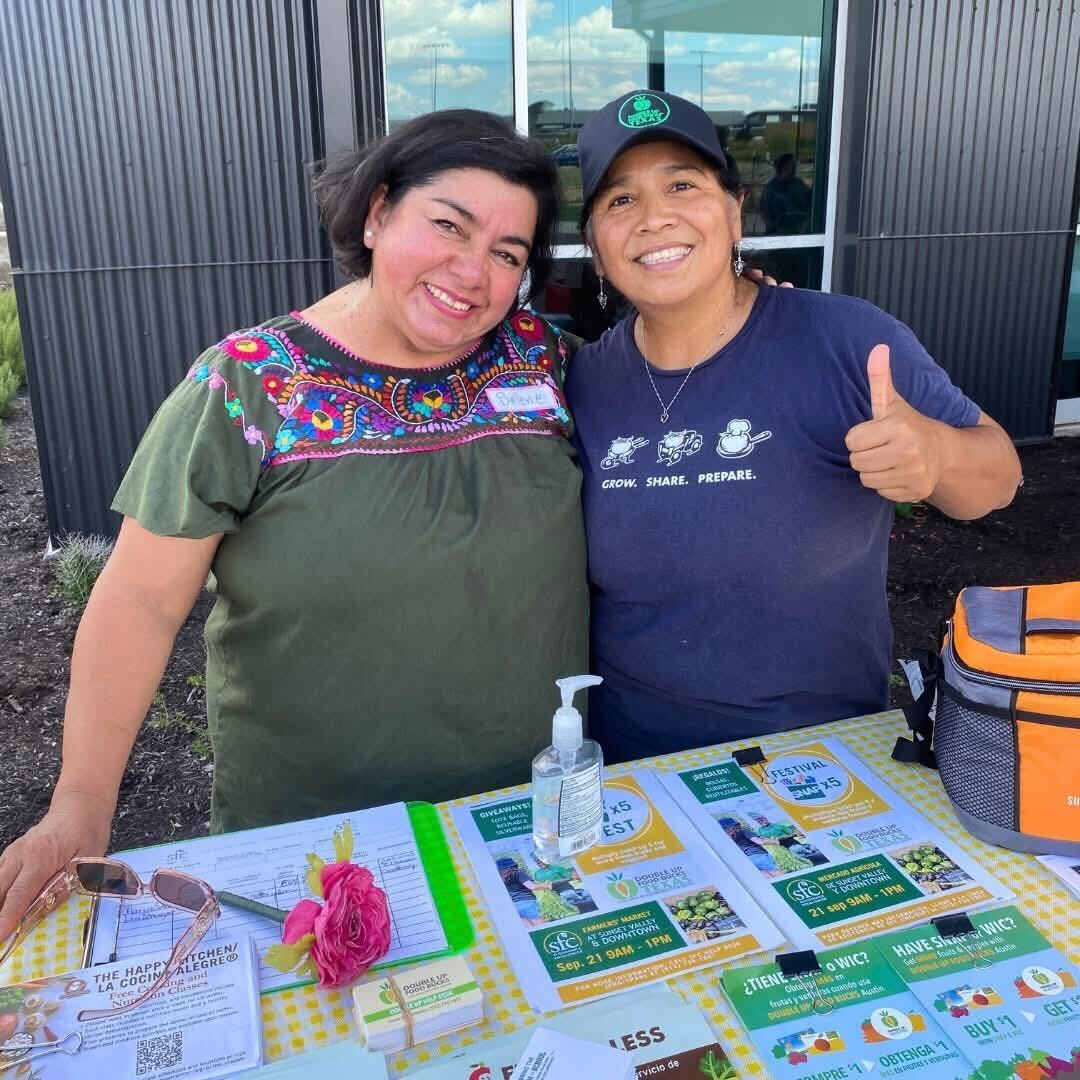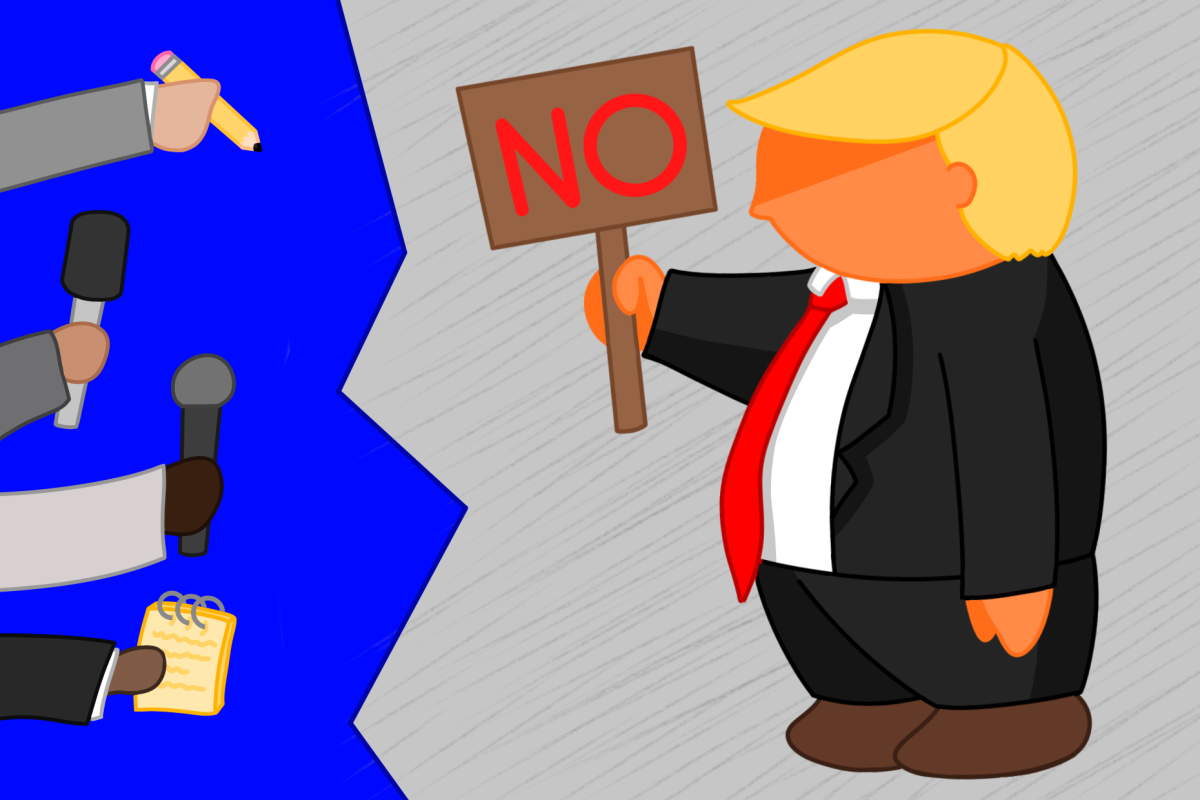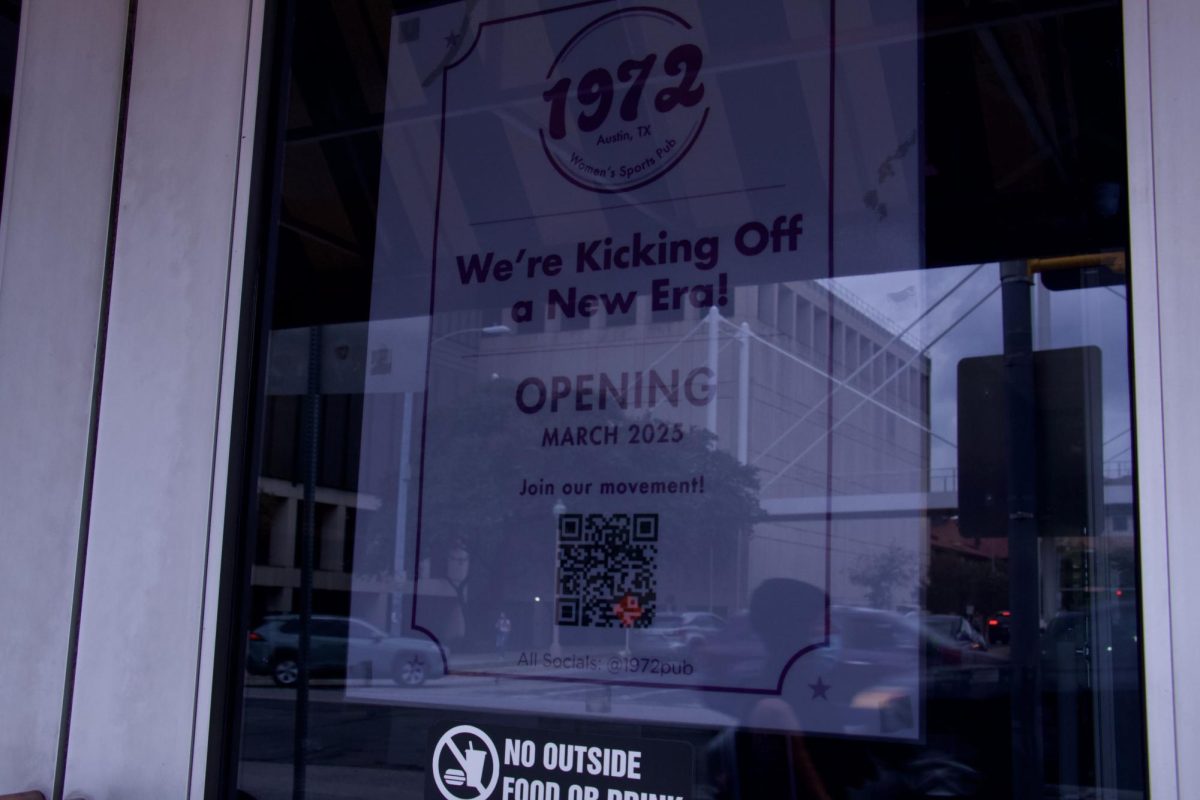In today’s fast paced digital age where the entertainment industry is becoming more and more competitive, content creators have to find a way to keep their viewers watching. Interactive storytelling, otherwise known as choose your own adventure, is one of the ways they’re doing that.

Although interactive storytelling, a story where the viewer gets to decide what happens to the characters, has been around for decades, content consumers and producers developed a widespread fascination with the concept after the release of Netflix’s “Bandersnatch,” a film where viewers had control over the actions of the main character just by clicking a button. The film became a worldwide hit according to Netflix’s vice president of product, Todd Yellin.

“It’s a huge hit here in India,” Yellin said in Mumbai during a keynote in March as reported by Variety. “it’s a huge hit around the world.”
Many viewers liked having control over the story and enjoyed actively engaging with it. Fans could even rewind and change their choices to see different outcomes to the story. As a result, viewers found themselves watching the movie longer than the suggested run time of an hour and 30 minutes.

“I watched [Bandersnatch] multiple times,” Michael Garcia, a Stephen F. Austin State University student said. “I spent like an hour and a half after trying to get all of the different endings.”
Netflix has made other interactive series like “Puss in Boots: Trapped in an Epic Tale,” but it was not until the release of “Bandersnatch” in December of 2018 that the choose your own adventure medium became popular.
“We realized, wow, interactive storytelling is something we want to be more on,” Yellin said “We’re doubling down on that. So expect over the next year or two to see more interactive storytelling.”
Netflix has released only one other interactive series since.
Other entertainment entities have also tried their hand at interactive storytelling. Tinder debuted in early October, Tinder Swipe Night, an interactive 5 minute episode where Tinder users are faced with “moral dilemmas and practical choices,” according to the Tinder website. The choices a user makes allows them to match with people who made the same choices.
Eva Perez, a University of Texas at Austin student said that Swipe Night was a fun way to use the app.
“It’s like playing a mini video game,” Perez said. “It’s kinda funny to choose super out there choices knowing you don’t have to deal with the consequences in real life.”
Although Perez said that the Swipe Night does not help her make any good matches, she still plans on playing it.
“I’ve only gotten to play it once out of the three times so far, but though It’s not making me any considerable matches, I’ll play for fun.”

Both “Bandersnatch” and Swipe Night had premade choices where viewers could only choose the options provided to them, but other media platforms have used write in answers to decide the fate of their stories.
In February of 2018, former projection design graduate student, Alex Gendal produced, “It’s Your Funeral,” an interactive murder mystery theater performance where audience members used their cell phones to text in suggestions for the actors.

“I wanted to kind of create a live performance that dealt with more interactive elements and engaging elements,” Gendal said. “And then I also wanted to involve technology…..The goal was actually to have the audience be aware of how much they had control.”
After each performance, Gendal surveyed audience members about their interactive experience. According the polls, 46% of audience members felt very engaged.
Gendal also asked whether or not viewers would be interested in seeing more interactive performances.
“Over half the people who came said yes,” Gendal said. “I think a lot of that was because of smartphones, because of getting them engaged…. It actually gets you into the story.”
Interactive media will continue to pop up in the future, Gendal said, because it draws in a younger audience.
“It draws in a younger crowd that’s obsessed with phones and stuff like technology,” Gendal said. “People want to be part of a performance, [they] want to be part of the action, even in some small way.”
“There’s a future in [interactive] technologies.”
































